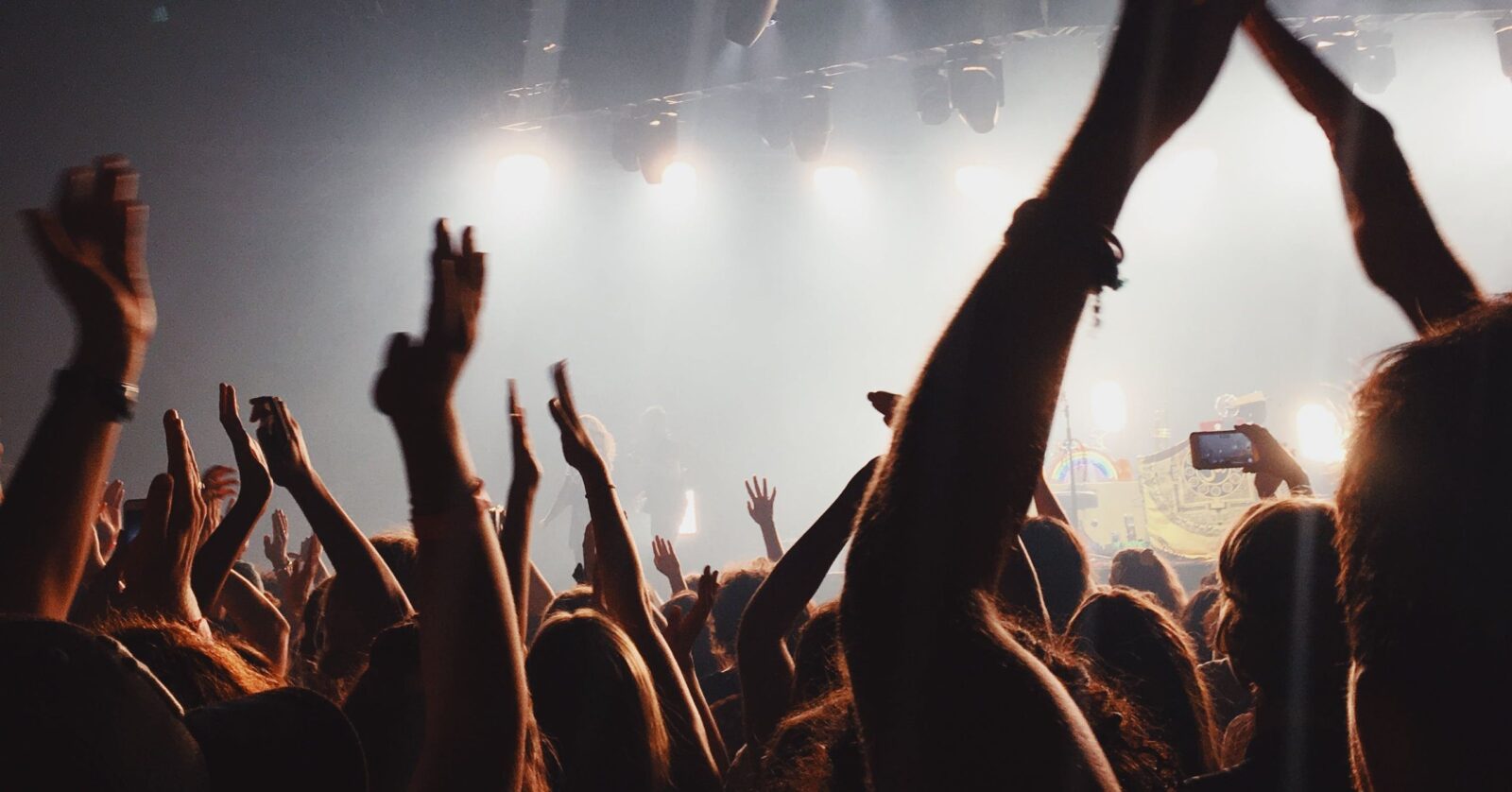The United States Has Increased Visa Fees For Foreign Artists – What Does This Mean For Filipino Artists Performing Abroad?
Not only does it add further financial burden for Filipino artists looking to perform abroad, but it adds difficulties to the application process for many musicians looking to tour on that side of the world.

Photographed by Laura Stanley
Photographed by Laura Stanley
In a recent move by the United States Citizenship and Immigration Services, visa fees for global musicians aiming to perform in the U.S. have increased by 250% –– leaving several foreign artists and industry stakeholders reeling from the weight of this financial blow.
Prior to April 1, musicians from abroad paid USD 460 per application for their U.S. visas, yet post the deadline, these application fees have skyrocketed to the price of at least USD 1,615 to USD 1,655. For bands and ensemble groups, the expenses are multiplied per performer. The impact is felt not only by artists but also by their support staff, backing bands, and other employees integral to the tour.
While exemptions exist for certain showcase events, the intricate visa application process now demands extensive documentation, from year-long itineraries to press clippings and testimonials, adding layers of complexity for international acts.
The fee surge, attributed to both long-standing stagnation in adjustments and heightened scrutiny from immigration authorities, exacerbates challenges for emerging talents and independent acts. While major acts like Dua Lipa or the Rolling Stones may weather the hike with ease, it’s the niche and indie musicians who are expected to face the brunt of the implementation of these new visa fees.
The repercussions extend beyond the music scene, impacting local economies, venues, and cultural diversity. With the prospect of fewer international acts gracing U.S. stages, there’s a looming concern of reciprocal measures from other countries, potentially restricting American artists’ access to global markets.
As industry insiders brace for the fallout, the future of international music exchange hangs in the balance, with fears of diminished diversity and economic vitality looming large.
What does this mean for Filipino artists?
For Filipino artists looking to tour or perform in the United States, the recent visa fee hike obviously poses significant challenges. The substantial increase in visa costs not only adds a considerable financial burden (particularly for those who are independent or emerging talents) to afford touring in the U.S. but adds to the inaccessibility of Filipinos obtaining a visa due to the weaker hold of our passports.
It’s no surprise to any Filipino as to why our travel documents carry less weightage as compared to others, as the Philippine passport is in 75th place worldwide with access to 66 countries. As it stands, the Philippine passport ranking has fluctuated over the years, reaching a high of 62nd in 2009 and its lowest ranking of 80th in 2015 and 2022.
So the heightened fees, coupled with the complex application process and potential uncertainties regarding approval, may deter Filipino artists from pursuing opportunities in the U.S. music market –– resulting in fewer Filipino acts being able to showcase their talent to American audiences and engage in cultural exchange through music.
Additionally, the impact extends beyond individual artists to the Filipino music industry as a whole –– as reduced opportunities for international exposure could hinder the growth and visibility of Filipino music on the global stage. Overall, the visa fee increase presents a significant hurdle for Filipino artists seeking to tour or perform in the United States, potentially limiting their ability to access one of the world’s largest music markets and engage with diverse audiences.

